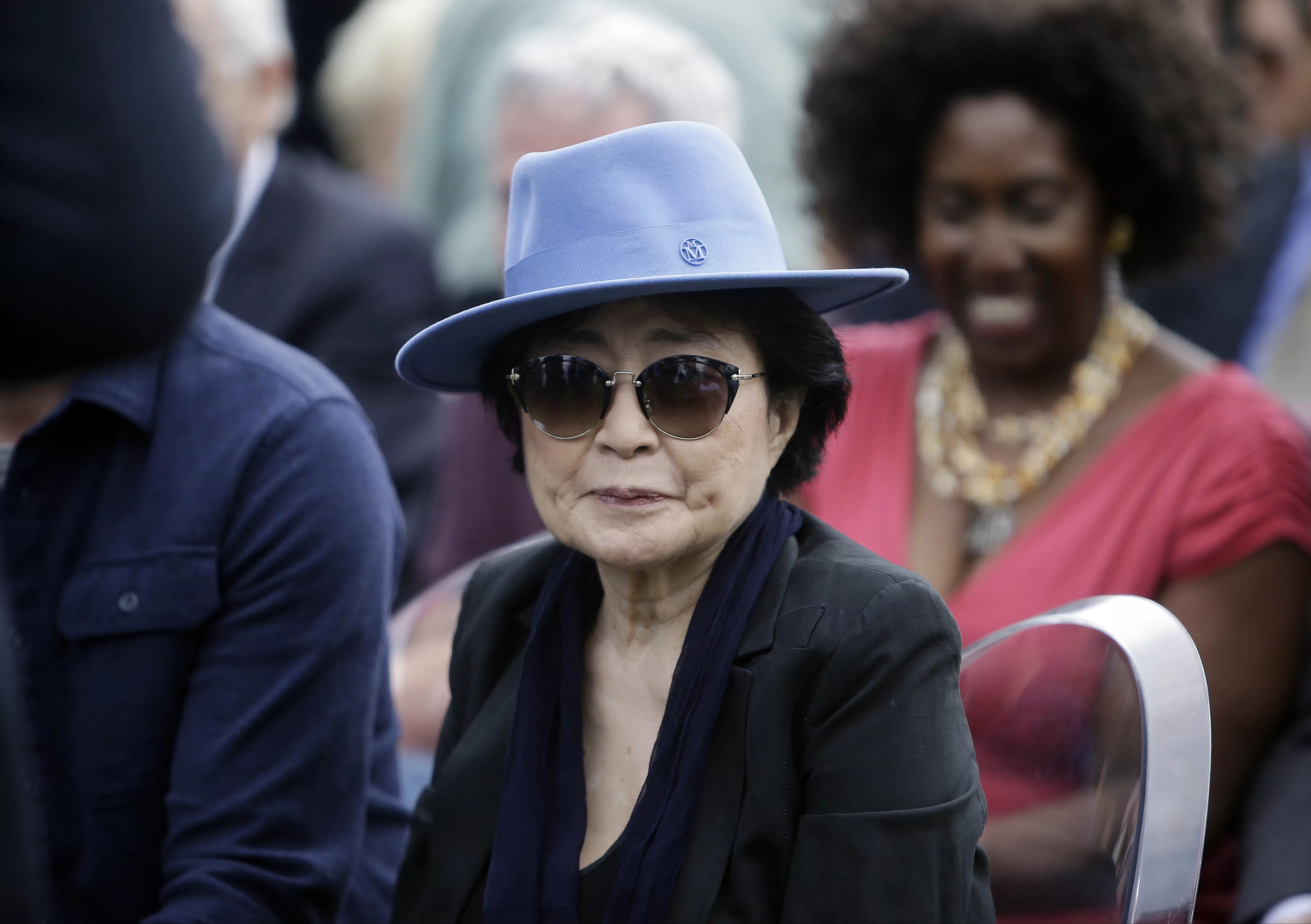Press release from Bank of Hawaii Foundation:
A comprehensive study undertaken by Bank of Hawaii Foundation and released earlier this week reveals that the devastating effects of the COVID-19 pandemic on residents statewide continues to get worse, with more families struggling to pay for basic necessities, including housing, utilities and transportation.
Commissioned from Anthology Research, the study, COVID-19 in Hawaii: Facts and Insights Vol. 2, analyzes the responses of 944 full-time residents surveyed statewide from October 22 to November 9 regarding how COVID-19 affected their daily lives. The comparison to a similar study conducted in May for Bank of Hawaii Foundation by Anthology Research shows how the pandemic’s effects have worsened for residents and expanded on all islands over the past six months.
Peter Ho, chairman, president and CEO of Bank of Hawaii, commented, “The impact of COVID-19 to our residents and economic well-being are eye-opening, especially when you consider that more than $10 billion in federal aid was provided to our local economy in recent months. Many of our strategies have been successful in helping to mitigate the spread of the virus. These research findings can help shape future discussions and actions toward a strong course of recovery.”
The full COVID-19 in Hawaii study can be viewed in its entirety at www.boh.com/facts-figures. Key findings of the survey are outlined below:
Financial Hardships: The survey revealed how financial hardships for residents have increased significantly since Bank of Hawaii Foundation conducted its initial study in May 2020:
- 56% struggle to pay rent, mortgage or utility bills, compared with 48% in May.
- 63% have lost a job or experienced reduced work hours or pay, compared to 55% in May.
- 53% have experienced a decline in household income since the start of the pandemic, up from 45% in May.
Unemployment Benefits: Residents applying for unemployment benefits provided the following:
- 31% have either exhausted their unemployment benefits or will do so in December.
- 34% filed for unemployment, but had not yet received benefits.
- 35% are currently receiving unemployment benefits.
Carl Bonham, executive director of the University of Hawaii Economic Research Organization said, “The survey responses confirm the harsh toll that COVID-19 has taken in Hawaii. They are consistent with UHERO’s own analysis and point to a very challenging 2021 for Hawaii’s most vulnerable households. The survey reinforces the importance of continued public health vigilance and concerted efforts to safely reopen Hawaii’s economy and put more than one-hundred thousand people back to work.”
Pre-Travel Testing Program: Nearly 3 in 4 residents statewide support (30% strongly support + 43% somewhat support) the state of Hawaii’s original pre-travel testing program, launched on October 15, 2020, which enabled visitors to bypass the 14-day quarantine period by providing proof of a negative test taken within 72 hours of arriving.
Reopening Businesses: The four-tier plan established by the City and County of Honolulu to loosen restrictions on businesses based on set criteria – the number of daily cases reported and daily positivity rates – is supported by both Oahu and neighbor island residents. A majority of neighbor island residents would support a similar plan loosening restrictions in their counties.
Residents are split on having a coordinated statewide approach, with more than half of neighbor island residents – especially on Maui and Kauai – preferring the freedom to set their own guidelines.
- 85% of residents statewide support (34% strongly support + 51% somewhat support) the City and County of Honolulu’s four-tier plan to reopen businesses on Oahu.
- 76% of neighbor island residents support a similar plan for loosening restrictions on their island.
- 53% believe each county should be able to establish its own guidelines and rules. This number increases to 59% among neighbor island residents.
“Finding the balance between managing the virus and sustaining the economy is critical,” said HMSA President and Chief Executive Officer Mark M. Mugiishi, M.D., F.A.C.S. “We need to continue to work together to keep the infection rate and severity of infection at manageable levels, while maintaining essential activities, such as education, jobs, housing, mental health, preventive health services and screening, funding of government-sponsored health care, and living above the poverty line.”
Optimism for Economic Recovery: Most Hawaii residents are confident of an eventual full economic recovery for the state:
- Very confident: 16%
- Somewhat confident: 49%
- Not very confident: 28%
- Not at all confident: 7%
One in five residents is hopeful that economic activity will rebound within the next year, but more than half believe it will take two years or more:
- Within one year: 20%
- One to two years: 25%
- Two to five years: 42%
- More than five years: 13%
Concerns About COVID-19: Two-thirds of residents (66%) worry more about the health effects of COVID-19 than its financial effects, with 82% feeling that COVID-19 poses a real danger to themselves and their family, compared to 71% in May. This fear is largely driven by increased visibility of COVID-19. Compared to earlier in the pandemic, significantly more residents know someone who has tested positive for the virus, or worse, been hospitalized with the disease it causes.
Surge testing throughout the community has resulted in a five-fold increase in the number of residents who indicate they have been tested for the virus, reaching four out of five households in the state:
- More than twice as many residents (43%, up from 18% in May) personally know of someone who has tested positive for COVID-19.
- More than twice as many residents (19%, up from 8% in May) personally know of someone that has been hospitalized for COVID-19.
- Five times more Hawaii residents (36%, up from 7% in May) have been tested for COVID-19.
- More than four in five residents (82%, up from 12% in May) have someone within their household that has been tested for COVID-19.
Nearly one in five Hawaii residents (18%) do not consider COVID-19 a threat to themselves or others living in their household, citing the following reasons:
- 59%: We follow the CDC’s guidelines (down from 72% in May).
- 31%: We are healthy so we’re unlikely to get sick (down from 38% in May).
- 27%: We do not believe COVID-19 is as dangerous as reported (up from 17% in May).
- 25%: We seldom leave our homes (down from 32% in May).
- 14%: We are young so we’re not in danger like older people are (up from 9% in May).
Growing Skepticism About COVID-19: The study found that skepticism among residents is growing about the threat of COVID-19, as 27% of residents surveyed in November do not believe COVID-19 is as dangerous as reported, up from 17% in May.
The COVID-19 in Hawaii: Facts and Insights Vol. 2 study was conducted for Bank of Hawaii Foundation by Anthology Research and involved a statewide online and telephone survey of full-time Hawaii residents. A total of 944 completed surveys were collected, using a stratified sampling approach by county. The resulting overall margin of error is +/– 3.19% points at the 95% level of confidence.





